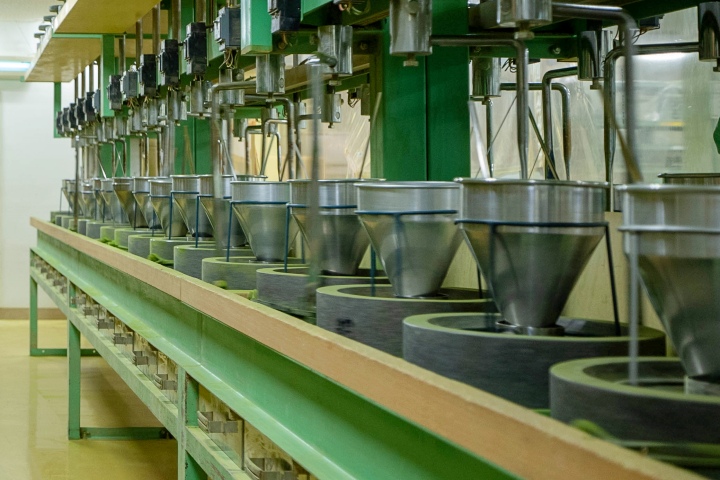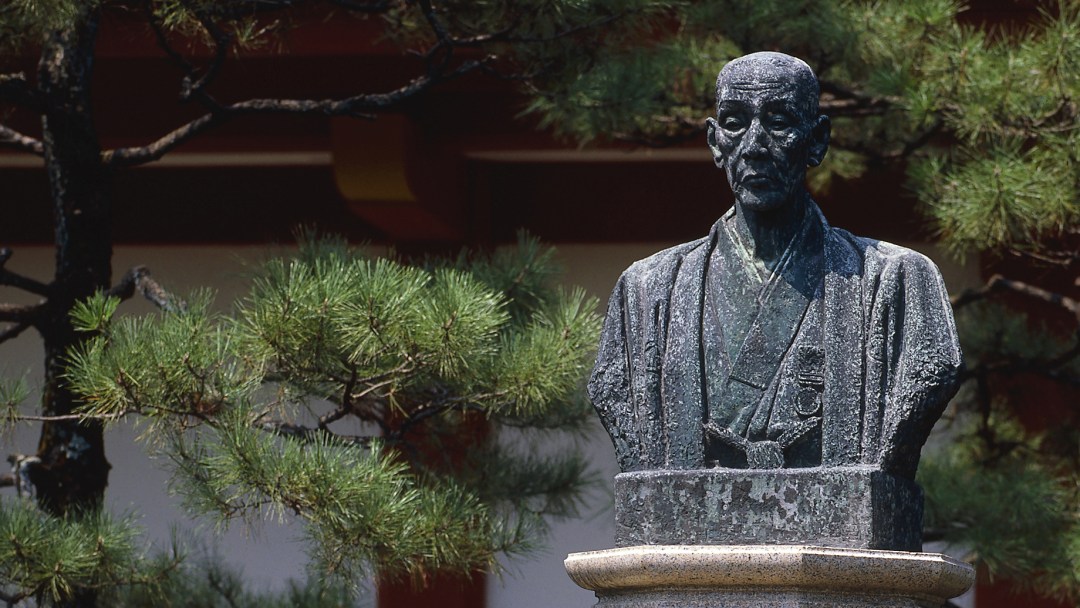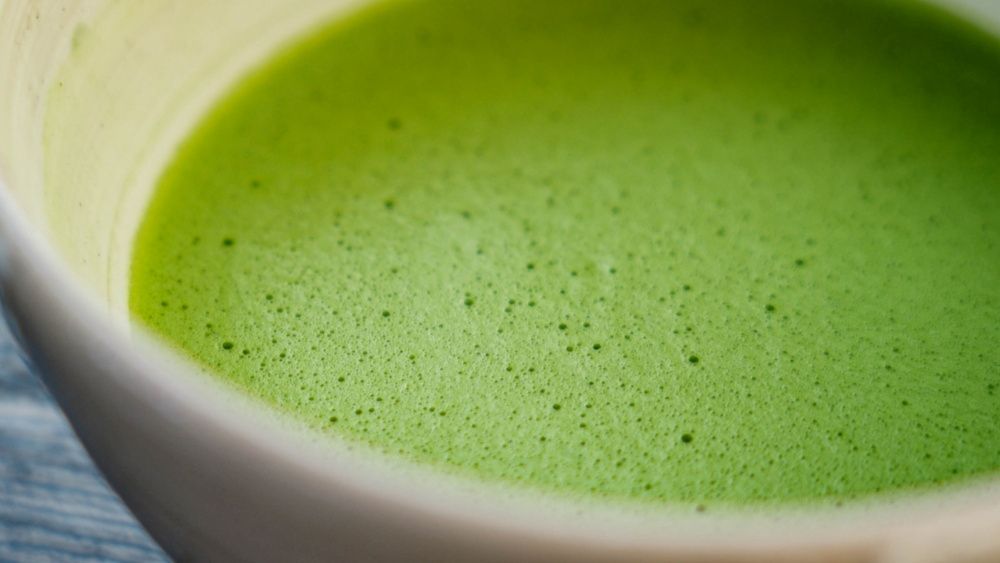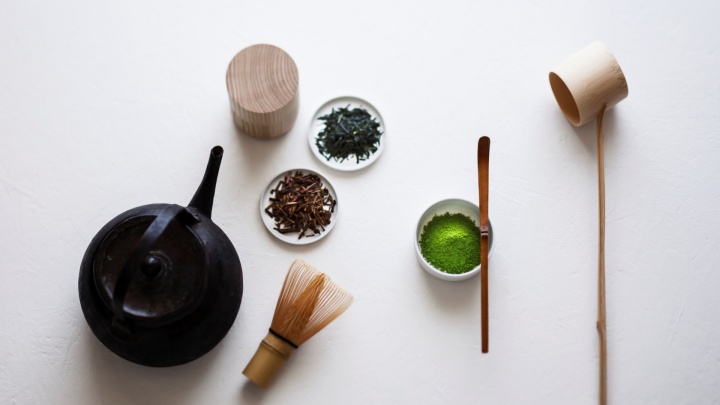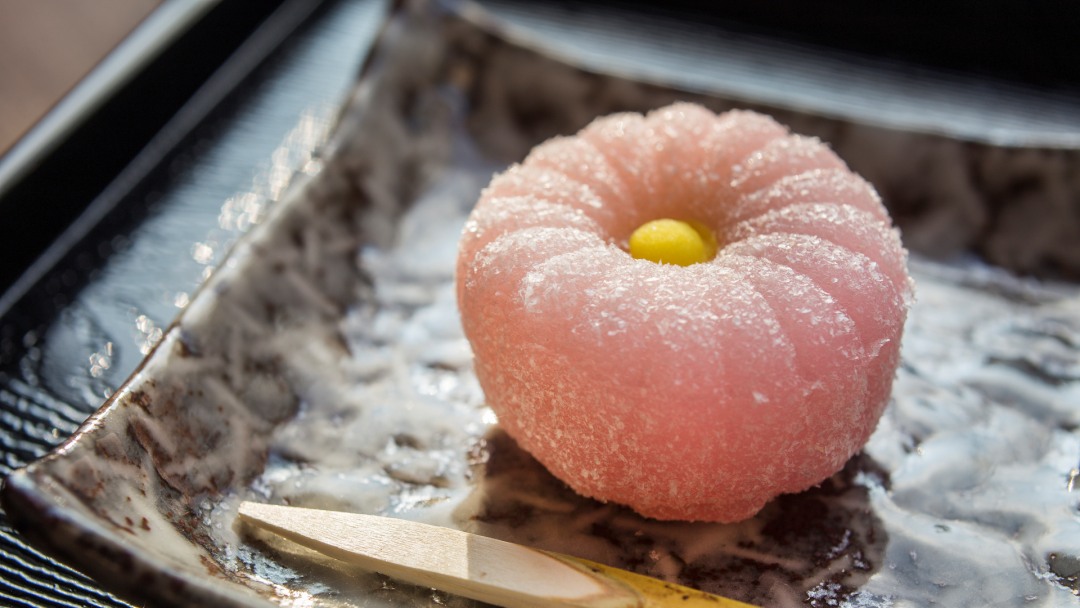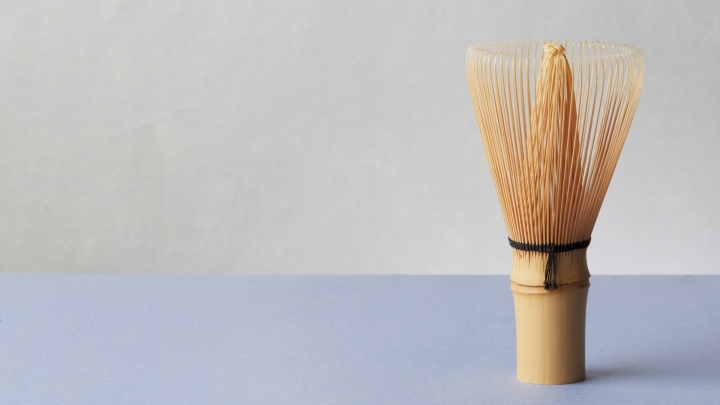- Cultivation in Shaded Gardens
The tea leaves used as the raw material for matcha are cultivated in tea gardens (called ‘Ooishitaen’) that are covered to block sunlight. This method increases not only the chlorophyll content, giving the tea leaves a deeper green color, but also boosts the amino acid levels, enhancing the tea’s rich umami flavor. These factors contribute to both the distinctively beautiful color and the exceptional taste of matcha.
- Harvesting
The tea leaves grown in the shaded gardens are harvested. To maintain the quality of the tea leaves, harvesting is done at the optimal timing.
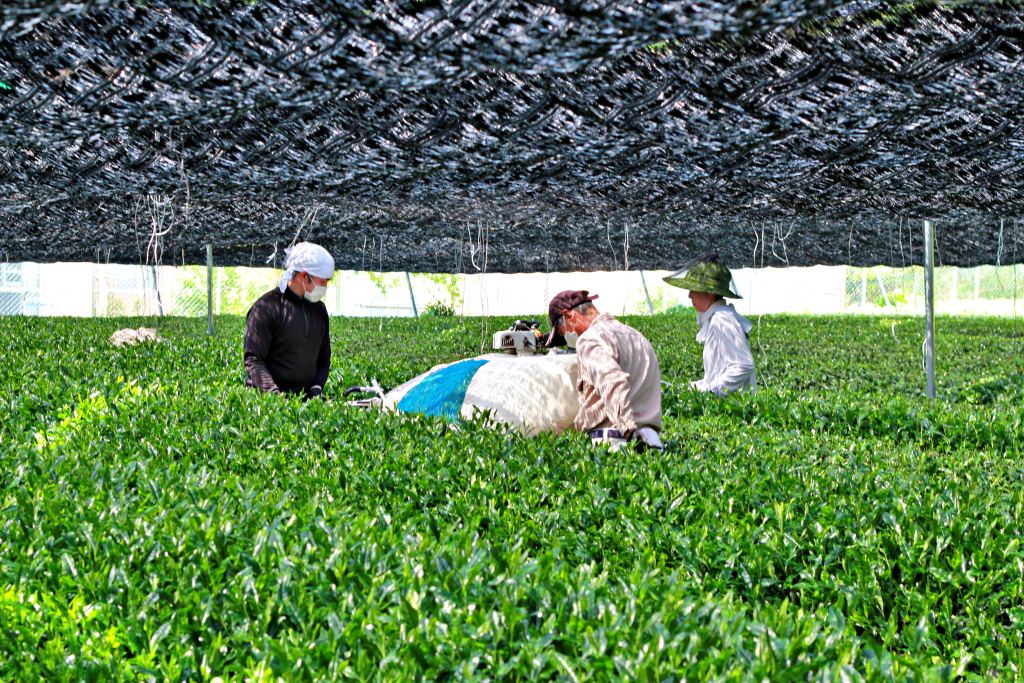
- Steaming
The harvested tea leaves are immediately steamed to prevent oxidation. This steaming process preserves the vibrant green color and flavor of the leaves.
- Drying (Tencha Furnace Drying)
The steamed tea leaves are dried using a tencha furnace. The unique infrared effect of the tencha furnace imparts a distinctive aroma to the tea leaves.
In the Uji tea-producing region, the process up to this point is handled by the farmers. The state of the tea leaves before they become matcha is known as “tencha.”
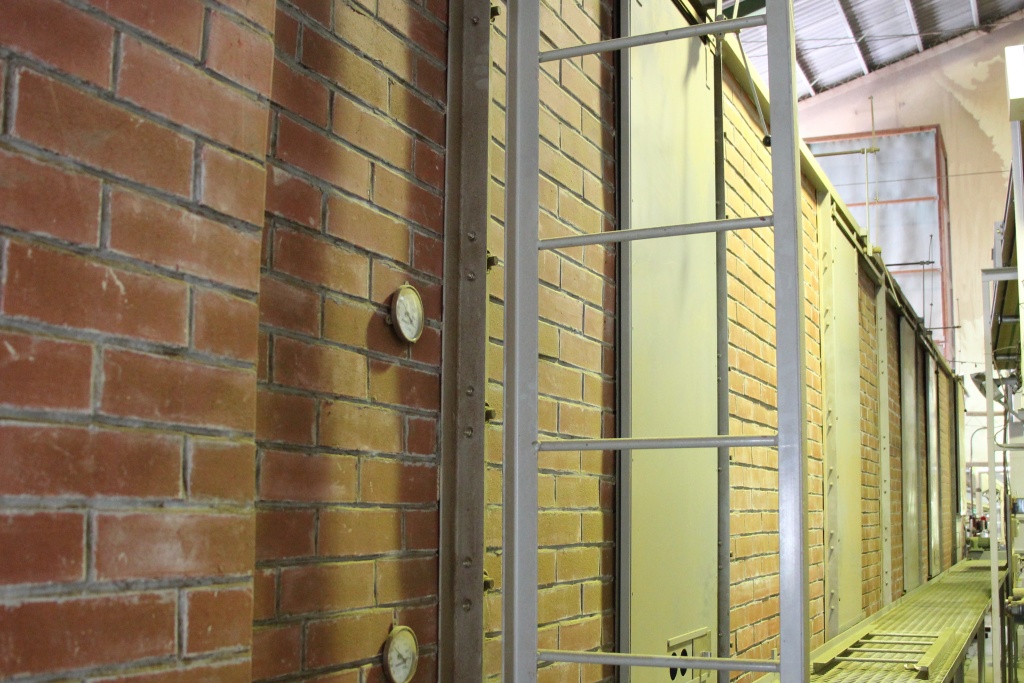
- Cutting
The dried tea leaves(tencha) are finely cut.
- Removal of Stems and Veins (Sorting)
The cut tea leaves are sorted to remove stems and veins.
- Re-drying
The sorted tencha is dried once more. This re-drying process creates a unique tea aroma, and the moisture content is reduced to around 3%, allowing for long-term storage.
- Blending(Gougumi)
To create matcha with a balanced taste, aroma, and color, the tea is blended. The blending technique, known as “gougumi,” is a traditional method developed through Uji’s history.
- Grinding (Stone Mill or Machine Grinding)
The blended tencha is finely ground using a stone mill or a specialized machine, resulting in matcha powder. This grinding process produces the smooth texture and unique flavor characteristic of matcha.
